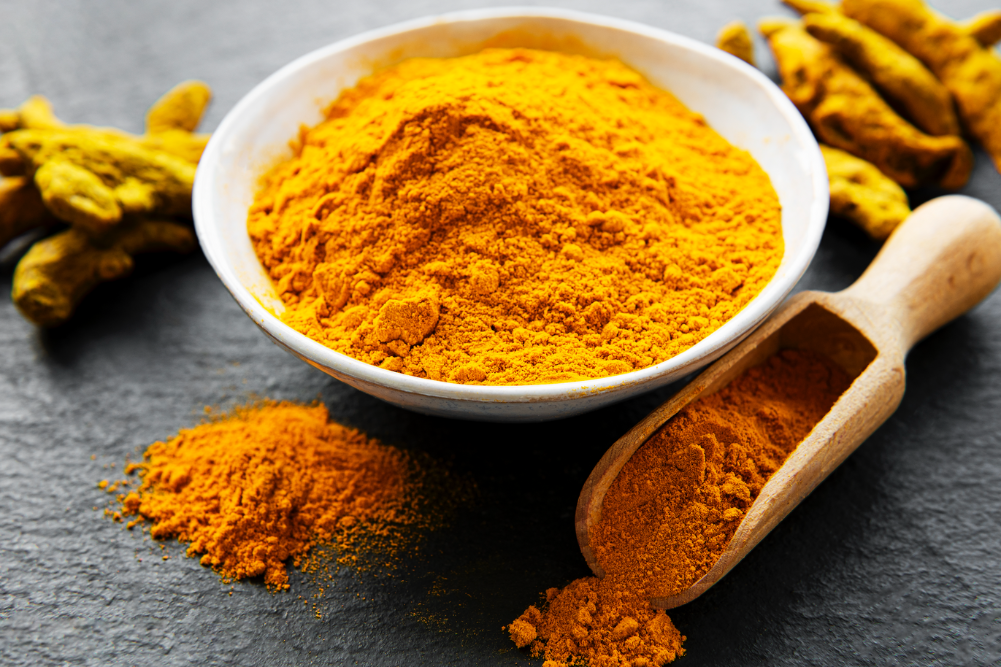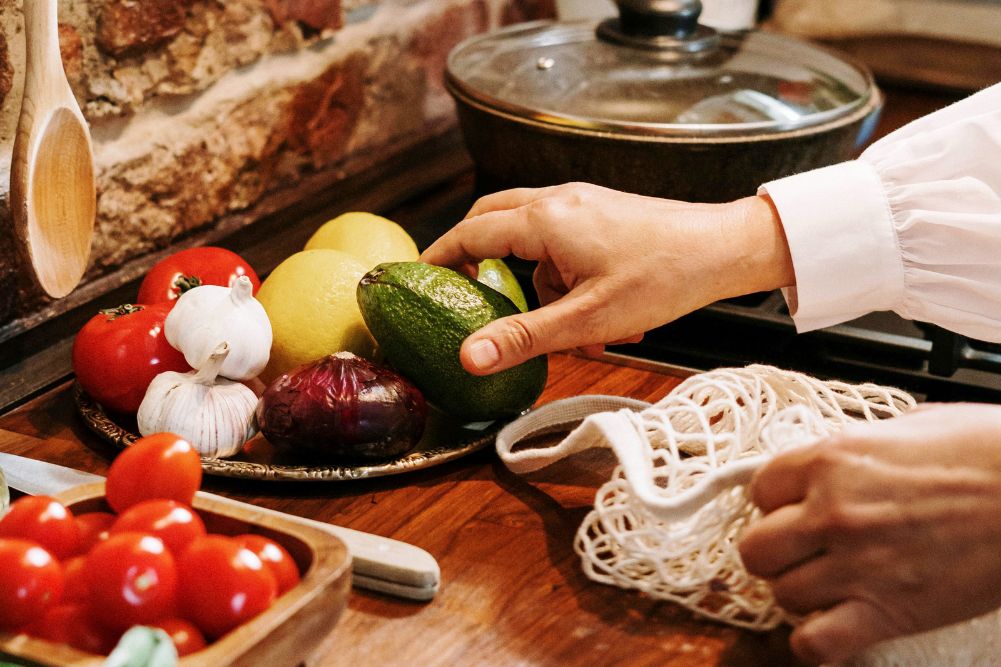Have you ever cooked with organ meats?
For many people today, there’s only one kind of offal: the awful kind. It’s the food you wouldn’t touch with a barge pole if you hadn’t eaten for a week and it was the only thing on offer.
Wind the clock back, though, even just 50 years, and dishes like steak-and-kidney pie and liver and onions were standard fare. Liver was fed to expecting mums to keep them nourished; brains were crumbed and pan-fried and served up with a salad. Delve further back into human history and, across cultures, you’ll find stories of hunters feasting on fresh liver and of organ meats being reserved for those with the highest status.
What’s changed? That’s a whole separate story but, in short, we became squeamish. And that’s interesting, since pasture-fed organ meats are an extremely concentrated source of almost every nutrient. Muscle meats pale in comparison. Offal such as liver, heart, kidneys and brains are packed with vitamins, notably the B group and fat-soluble vitamins A, D, E and K, important minerals like phosphorous, iron, copper, zinc, magnesium and calcium, healthy fats, essential amino acids and antioxidants such as the heart-friendly coenzyme Q10. It’s also a cheap source of nutrients and means you can be ethical and eat the entire animal. Win-win-win.
It’s one thing to know all this, however, but another thing entirely to be able to transform the organs of an animal into something palatable. For me, that was where Soulla Chamberlain came in.
This dark-haired dynamo runs Star Anise Organic Wholefoods in Sydney and one of her offerings is helping people rediscover the humble art of cooking with offal. Once a vegetarian and corporate lawyer working long, stress-filled hours, Chamberlain turned to a traditional wholefoods diet to rebuild and repair her poor health and that of her family. How could a strict vegie venture into the carnivorous world of innards? Her body was crying out for nutrients — she had severe acne and weak bones, wasn’t ovulating and was legally blind — and organ meats were instrumental in rebuilding her health.
I learnt this one Wednesday night, seated alongside 11 other curious cooks in the front room of Broth Bar and Larder, Chamberlain’s bricks-and-mortar presence in the beachside suburb of Bronte. We’d just polished off some starters (which, we found out later, were examples of the culinary world awaiting) and were hearing about the nutritional benefits of offal, its history of use and whether it’s safe to eat, along with helpful hints such as the best local butcheries stocking organic organs from grass-fed animals.
The first dish she cooked for us was … a cheese and spinach omelette with a sneaky lamb’s brain blended into the four-egg mix. You’d never guess what the secret ingredient was.
What’s the one tip that stuck with me? Choose a day of the week and make it “organ meat day”. That way you create a habit of getting adventurous in the kitchen and get a good, regular wallop of nutrients, too.
With the theory out of the way, it was time to get cooking. Chamberlain ushered us into the kitchen area, where the Star Anise team whip up batches of bone broth and raw chocolate and other wholefood treats, and we assembled around the central bench. There, she proceeded to clearly and engagingly demonstrate how to cook eight dishes, some her own creations and others regular recipes she’s taken and “wholefoodised”.
If you’re new to eating organ meats, Chamberlain says, it helps to introduce them gradually so you can get used to their distinctive taste. One of her suggestions is to add 5 per cent of chopped or ground liver to mincemeat dishes like shepherd’s pie, gradually upping the amount to a 50-50 blend. The first dish she cooked for us was similarly deceptive: a cheese and spinach omelette with a sneaky lamb’s brain blended into the four-egg mix. It tasted like omelette — you’d never guess what the secret ingredient was.
It was the first of many revelations over the next two hours, as we ate our way through delicacies such as black pudding, slow-cooked tongue served up with horseradish on potato discs, chopped liver with bacon and a divine sweet spiced baked custard enriched with bone marrow (yes, you read that correctly). As Chamberlain chopped and fried and baked away, she answered questions, sharing the knowledge and tips gained from six years of running these classes, such as how to prepare and store the meats and how to get your kids and partner on board.
When I left her kitchen that night, I didn’t just carry away a booklet filled with recipes to crack into; I left with a sense of empowerment. I’d been talking for months about experimenting with organ meats but I wasn’t confident learning this one from a book — I wanted someone to show me what to do. That’s just what I learnt at this workshop. And it wasn’t awful at all.








